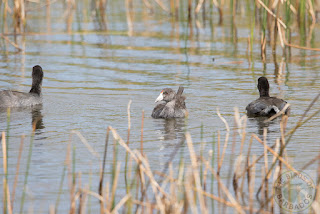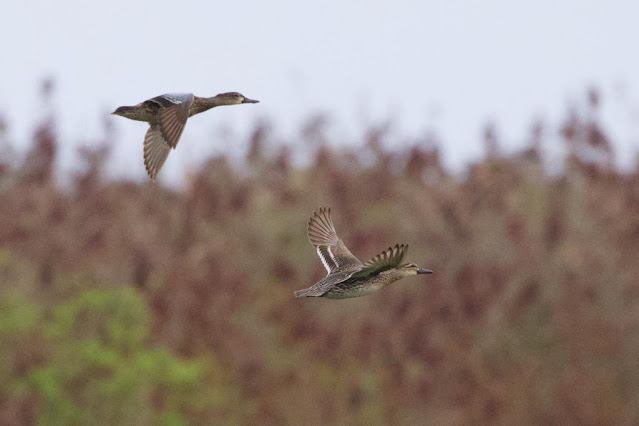 |
| Curlew Sandpiper |
BOU The Birds of Barbados by Buckley, Hutt, Massiah et al
Birds of Barbados is a social media initiative that aims to raise awareness and educate people about the beautiful birds of Barbados, both native and migratory, where and how to see them, the challenges they face, and the efforts to protect them.
 |
| Curlew Sandpiper |
 |
| Collared Plover was one of the rare birds seen during the GBD2023 |
 |
| American Coots at Redland, St. George |
The festival begins on April 22nd (Earth Day) and runs through to May 22nd (International Biodiversity Day).
This regional event happens across the Caribbean every year and highlights and celebrates the amazing birds that live only in the Caribbean—their natural history, threats, and how we can help reduce these threats.
This year the theme for the festival is “Water: Sustaining Bird Life.”
We are using the same “water” theme as World Migratory Bird Day (WMBD) for our CEBF to unify our messages about the importance of water conservation to both humans and birds. (note: we will celebrate WMBD in the Caribbean with this theme in the fall).
We often see birds flying, preening, and feeding, but rarely do we see them drinking water. This does not mean that water is not... continue reading >>>>
 |
| WMBD2023 poster |
 |
| Global Big Day |
Four new year-birds in April moved the island's year tally to 87 species. The four new species were Bank Swallow (Riparia riparia) and Least Tern (Sternula antillarum), both seen multiple times at Inch Marlow, Christ Church during the month Pacific Golden-Plover (Pluvialis fulva) was seen by Dr. Webster on the 22nd, and Striated Heron (Butorides striata) at its usual migratory stop over at the SBRC in St. Thomas.
May is Global Big Day month and this year it will be held on Saturday 13th. Birds Caribbean (BC) is hosting its annual Global Big Day (GBD) Teams competition and fundraiser. Our local team - The Bajan Birders & Friends - will be taking part. This time around, funds are being raised for BC's Caribbean Bird Banding Network, which will allow them to host
training workshops, sponsor internships, provide banding supplies, and grow the community of scientists that are advancing research and conservation of
Caribbean birds. So please join our team or/and contribute to this worthwhile cause.
To join or contribute to our team is
easier than ever! Just follow
these steps.
Here is a list of rare bird sightings for the month of April, highlighted parish by parish. (* continuing Birds)
St. Lucy
 |
| Two of the six Glossy Ibises |
 |
| Garganey, bottom, fly with Blue-winged Teal (photo by M. St, John) |
St. Philip
Christ Church
 |
| Least Tern |
St. Thomas
 |
| Striated Heron at SBRC pond, St. Thomas |
St. James